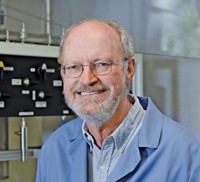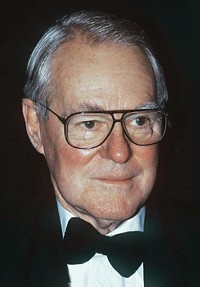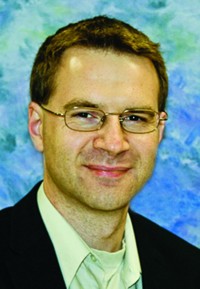Advertisement
Grab your lab coat. Let's get started
Welcome!
Welcome!
Create an account below to get 6 C&EN articles per month, receive newsletters and more - all free.
It seems this is your first time logging in online. Please enter the following information to continue.
As an ACS member you automatically get access to this site. All we need is few more details to create your reading experience.
Not you? Sign in with a different account.
Not you? Sign in with a different account.
ERROR 1
ERROR 1
ERROR 2
ERROR 2
ERROR 2
ERROR 2
ERROR 2
Password and Confirm password must match.
If you have an ACS member number, please enter it here so we can link this account to your membership. (optional)
ERROR 2
ACS values your privacy. By submitting your information, you are gaining access to C&EN and subscribing to our weekly newsletter. We use the information you provide to make your reading experience better, and we will never sell your data to third party members.
Synthesis
Nobel Prizes Recognized Notable Developments In Catalysis
by Ann M. Thayer
September 9, 2013
| A version of this story appeared in
Volume 91, Issue 36
COVER STORY
Nobel Prizes Recognized Notable Developments In Catalysis
Between 1901 and 2012, the Nobel Foundation recognized achievements related to chemical and enzymatic catalysis at least 15 times, accounting for about 14% of the chemistry prizes and 19% of the prize winners. The prizes acknowledged an expanded scientific understanding, but many catalysis-related developments also had very practical uses.
Setting the stage, F. Wilhelm Ostwald received the Nobel Prize in 1909 for his work on catalysis and on the fundamental principles governing chemical equilibria and rates of reaction. Three years later, the prize went to Paul Sabatier for exploring the hydrogenation of organic compounds in the presence of finely disintegrated metals.
In 1918, the award went to Fritz Haber, who developed a process for the catalytic formation of ammonia from atmospheric nitrogen and hydrogen. Scaled up with the help of Carl Bosch, the Haber-Bosch process was one of the first major industrial routes to basic inorganic chemicals.
In ensuing years, industrial catalysis expanded in the form of catalytic cracking, which enabled the efficient processing of petroleum into fuels and chemicals. Throughout the 1940s and 1950s, catalysts were invented to produce a range of downstream chemicals.
Plastics emerged as well, and Karl Ziegler and Giulio Natta were recognized in 1963 for discovering organometallic polymerization catalysts. Ernst Otto Fischer and Geoffrey Wilkinson independently studied the chemistry of organometallic sandwich compounds. This work, which helped decipher how such compounds function as catalysts, garnered the 1973 prize.
In 1975, the Nobel Prize went to John Cornforth, who investigated enzymes, and Vladimir Prelog, who studied chemical reactions, for their work on stereochemistry. The fascination around chirality and catalysis continued in the work of William S. Knowles, Ryoji Noyori, and K. Barry Sharpless. The 2001 Nobel Prize rewarded their ability to control stereoselectivity via catalysis: Knowles and Noyori explored hydrogenation, while Sharpless looked at oxidation.
Over the past decade, these and other catalytic methods have become critical tools in organic synthesis. In particular, they have expanded the potential of the field and the ability to efficiently produce specialty and fine chemicals, including many pharmaceuticals.
The subject of the 2005 Nobel Prize was a popular and useful molecular rearrangement known as metathesis. While Yves Chauvin helped to decipher the mechanism, Robert H. Grubbs and Richard R. Schrock made breakthroughs in discovering transition-metal catalysts to do the trick.
Similarly, the precise construction of complex organic molecules is possible through catalyst-driven carbon-carbon coupling reactions. Reactions using palladium-based catalysts bear the names of Richard F. Heck, Ei-ichi Negishi, and Akira Suzuki, who shared the Nobel Prize in 2010.
MORE ON THIS STORY
Introduction: Nine For Ninety | PDF
Chemical Connections | PDF
Antibacterial Boom And Bust | PDF
Small Science, Big Future | PDF
Understanding The Workings Of Life | PDF
Chemistry By The Numbers | PDF
Plastic Planet | PDF
The Catalysis Chronicles | PDF
Giving Chemists A Helping Hand | PDF
It's Not Easy Being Green | PDF
Readers' Favorite Stories | PDF
Nine Decades Of The Central Science | PDF
How Chemistry Changed the World | C&EN's 90th Anniversary Poster Timeline
Trying To Explain A Bond
A Toast To C&EN At 90





Join the conversation
Contact the reporter
Submit a Letter to the Editor for publication
Engage with us on Twitter